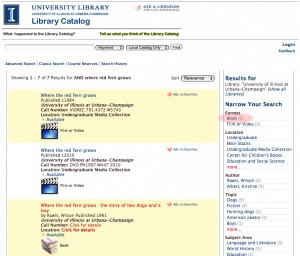The projects in the Digital Humanities project Sample Book are organized through tabs that form certain archives into the specific categories that our Humanities 100-01 class has been researching. There are seven (7) different options to locate an archive: Archive, Visualization, Mapping, Digital Edition, Network Analysis, Textual Analysis and Audio Analysis. Once in one of these tabs there is a list of the projects that one can access to view and try out. Inside each tab, its important to continue to organize. Within the archives, you can organize further by adding tags and metadata to describe the project and make users be able to find it easier. Metadata, or the “data of data” is a way to group projects further, while tags are a way to label or file these projects, which is much better than throwing all digital documents into one section.
Some advantages of creating a digital archive is that the possibilities are endless in the idea that one can access all the projects ever made from one place. In theory this would be the most effective way to experience the archives but in practice it may be closer than you think. One of the disadvantages is that if one were to finish using an archive there might not be any suggestions to try a new one, unlike the idea of going through a library and seeing all sorts of options at

the tips of one’s fingers. Also, having a physical archive can add another characteristic to the project, showing age and structure to the article is key when looking at hundreds of years of history. The sense of touch is something that one does not receive while looking at a digital archive. Also, while a physical archive may be very interesting, it can make it almost impossible to read, which is where the digital engineering comes into play, saving the archive and being able to extract the information from it.
In the future, characterization and organization are imperative in order to have a successful digital humanities project. As for possible issues, there could be many projects with similar or identical tags, therefor bringing up the same archives

even when only searching for a specific one.
Also, there could be an issue with similar titles, or not being able to distinguish one archive from another. Also, when building a digitial humanities database, many projects overlap different themes, such as mapping and visualization, which can make it tricky for which category to put the archive in. When more and more projects enter the digital database, it will become more complex and more tags and files must be needed to help it run smoothly, which makes suggestions harder to give to the viewer since topics become very specific.